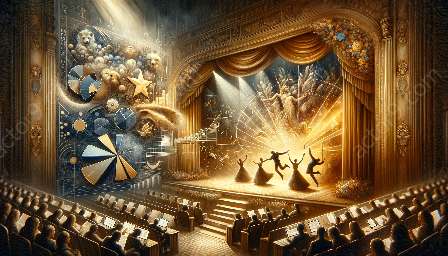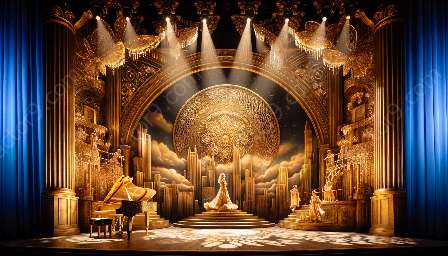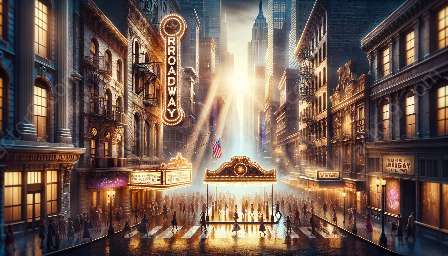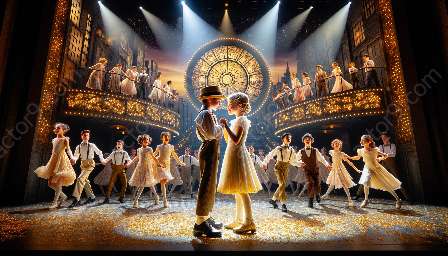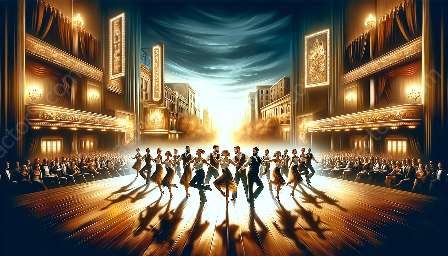Performing in large theaters on Broadway presents unique challenges that require specific Broadway acting techniques to overcome. The grand scale, acoustics, and audience dynamics all play a crucial role in the performance. This article dives into the world of musical theater and explores how actors adapt to the demands of grand productions.
Understanding the Gigantic Setting and Acoustics
One of the immediate challenges of performing in a large Broadway theater is grasping the immense setting and the acoustics that come with it. The sheer size of the venue can be overwhelming for actors, as it requires projecting their voices and movements to reach all audience members, including those seated at a distance. Broadway actors utilize specialized vocal training and projection techniques to ensure that their performance is impactful and audible throughout the theater.
Additionally, acoustics can be a significant hurdle. Large theaters come with unique sound reflection and dispersion challenges, making it imperative for actors to adapt their vocal delivery and diction to the specific acoustics of the venue. This often involves precise articulation and a deeper understanding of how sound propagates within the space.
Navigating Audience Dynamics
Another notable challenge for actors on Broadway is the intricate dynamics of engaging with a large and diverse audience. Unlike smaller venues, where actors can establish more intimate connections with viewers, large theaters demand a different approach to audience interaction. Broadway actors must employ techniques such as physicality, facial expressions, and exaggerated gestures to convey emotions and maintain a compelling connection with every member of the audience, regardless of their seating location.
Moreover, managing crowd reactions becomes a significant aspect of performing in large theaters. Complex musical theater productions require actors to gauge audience responses and adjust their performances accordingly, ensuring that the emotional impact of the production remains consistent across the entire venue. This calls for heightened awareness and adaptability, as well as a deep understanding of the performance's rhythm and pacing.
Embracing the Grandeur of Productions
Large theaters on Broadway are synonymous with grand, visually stunning productions that demand exceptional versatility from actors. In addition to vocal and physical adaptations, performers must embody a heightened sense of presence and command the stage with confidence and authority. The scale of the production often necessitates larger-than-life performances, requiring actors to seamlessly blend technical precision with emotional depth.
Broadway acting techniques play a pivotal role in honing the performers’ ability to fill the vast space with their energy, expressiveness, and nuanced characters. Actors are trained to utilize the entire stage, create compelling stage pictures, and deliver consistent performances that resonate with every audience member, regardless of their distance from the stage.
Conclusion
Performing in large theaters on Broadway offers a thrilling yet demanding experience for actors. Overcoming the challenges presented by the grand scale, acoustics, and audience dynamics requires a deep understanding of Broadway acting techniques and a relentless dedication to mastering the craft of musical theater. By embracing the uniqueness of these venues and leveraging specialized performance strategies, actors continue to captivate audiences, showcasing the remarkable artistry and resilience that define the enchanting world of Broadway.










